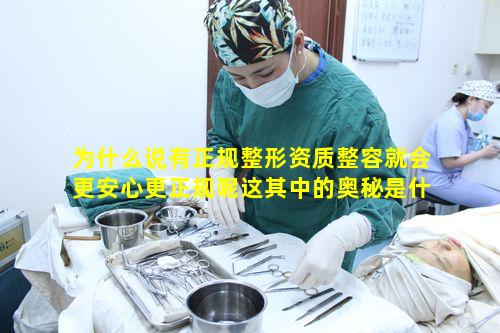 思叭整形网
思叭整形网正规 🍁 整形资质的 💐 意 🐡 义
正规整形资质是指由相 🐬 关医疗机构颁发给具备一定资格、经 🐳 验和水平的医师 🦁 或机构的证明文件。 ?? ??????? ?? ??:
?????? ?????????: ????? ???????? ?? ?????? ????????? ?????? ????????? ??????? ??? ???
??????? ?????: ???????? ?? ????????? ?????? ??? ???????? ??????? ????? ???
??????? ?? ??????? ?????? ?? ????: ????? ??????? ????? ????????????? ?? ??????? ?????? ?? ???? ???? ????
?????? ?????????: ????? ???????? ?? ????????? ?? ?????? ??? ?? ????????? ???? ???? ?? ???? ???? ?????? ?? ?????? ?? ???? ????????? ???? ?? ????
???? ???? ??????? ?? ??????????? ?????? ???? ??
?????????? ?? ?????? ??????: ????? ???????? ??? ????????? ?????? ??????????? ?? ???????? ?? ??????? ??? ?? ???? ?? ???? ?? ????? ???? ???
??????? ?? ???????: ????? ??????? ???????? ?? ????? ??????? ?? ???? ???? ???, ?? ??????? ?? ??????? ?? ?????? ?? ?????????? ???? ????
????????? ??????????: ????? ?????? ??????? ?? ?????? ?? ??????? ???? ??? ?? ???????? ?? ???????? ?????? ?? ????? ??? ?????? ????????? ?? ???? ????
????????? ???????: ????? ??????? ???? ????????? ?? ?????? ?? ??? ???????? ???? ???, ????? ??????? ?? ??????? ?? ??????? ????? ???
????????: ????? ?????? ?? ??????? ???? ????? ?? ??? ??????? ???? ???, ?? ?????? ?? ???? ?? ???? ?? ???????? ????????? ???? ???
?????, ?? ????? ????????? ????? ?? ??? ??? ???? ?? ??????? ?? ???? ???????, ??????? ?? ????? ?? ????????? ???????? ?? ??????? ????? ???

Symbolism of the Double Quotation Mark
1. Quotation: Encloses direct speech, thoughts, or written text attributed to another person or source.
Represents the act of repeating someone else's words rather than one's own.
2. Irony or Sarcasm: Used to convey a meaning that contradicts the literal words.
Expresses skepticism, disbelief, or amusement by framing the words in quotation marks.
3. Emphasis: Draws attention to a specific word or phrase, making it stand out from the rest of the text.
Can indicate importance, key ideas, or memorable lines.
4. Indirect Speech or Thought: Encloses words not spoken directly but summarized or paraphrased from another source.
Converts direct speech (e.g., "I said, 'Hello.'") into indirect speech (e.g., "I said that I had said, 'Hello.'").
5. Literary Devices: Used in various literary techniques, such as:
Foreshadowing: Hints at future events or themes by enclosing clues in quotation marks.
Metaphor: Creates symbolic meaning by presenting something in terms of something else within quotation marks.
Motif: Repeats a significant word or phrase in quotation marks, creating a pattern or thematic element.
6. Fictional or Created Language: Marks words or phrases that belong to an invented language or are unique to a particular setting or character.
7. Title or Heading: Encloses the title or heading of a text, indicating its subject or topic.
8. Formal or Technical Language: Used to set apart specific terms or definitions that require clarification or are intended for a specialized audience.
Additional Uses:
Indicating a quote within a quote (e.g., "He said, 'I heard her say, "It's not true!"'").
Marking potentially offensive or controversial words or phrases (e.g., "The use of the term 'moron' is highly offensive.").
Creating humorous or ironic effects by quoting unexpected or absurd statements.